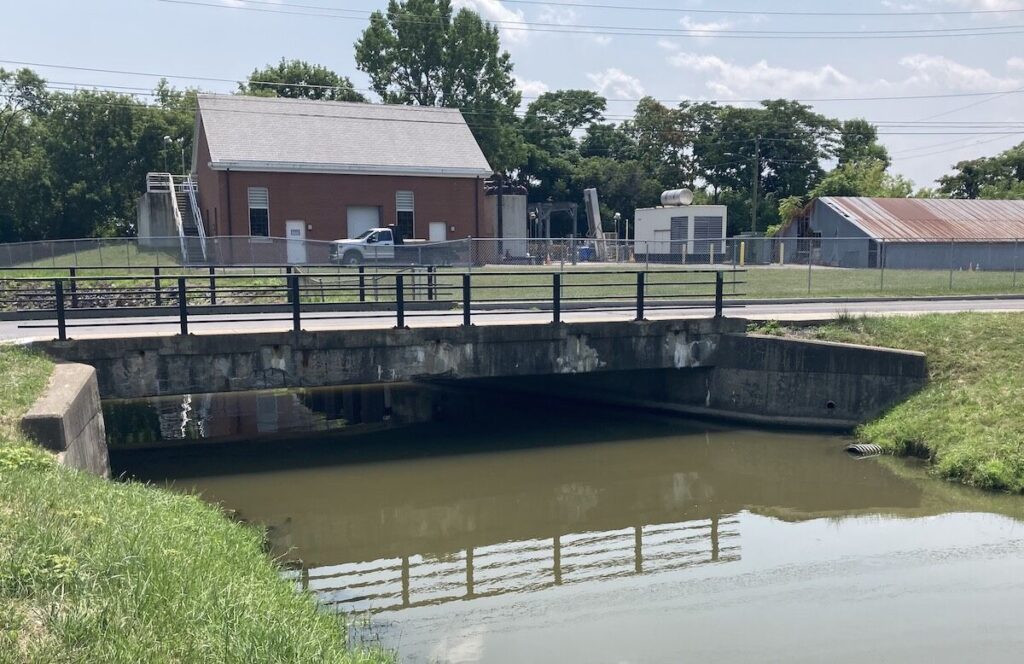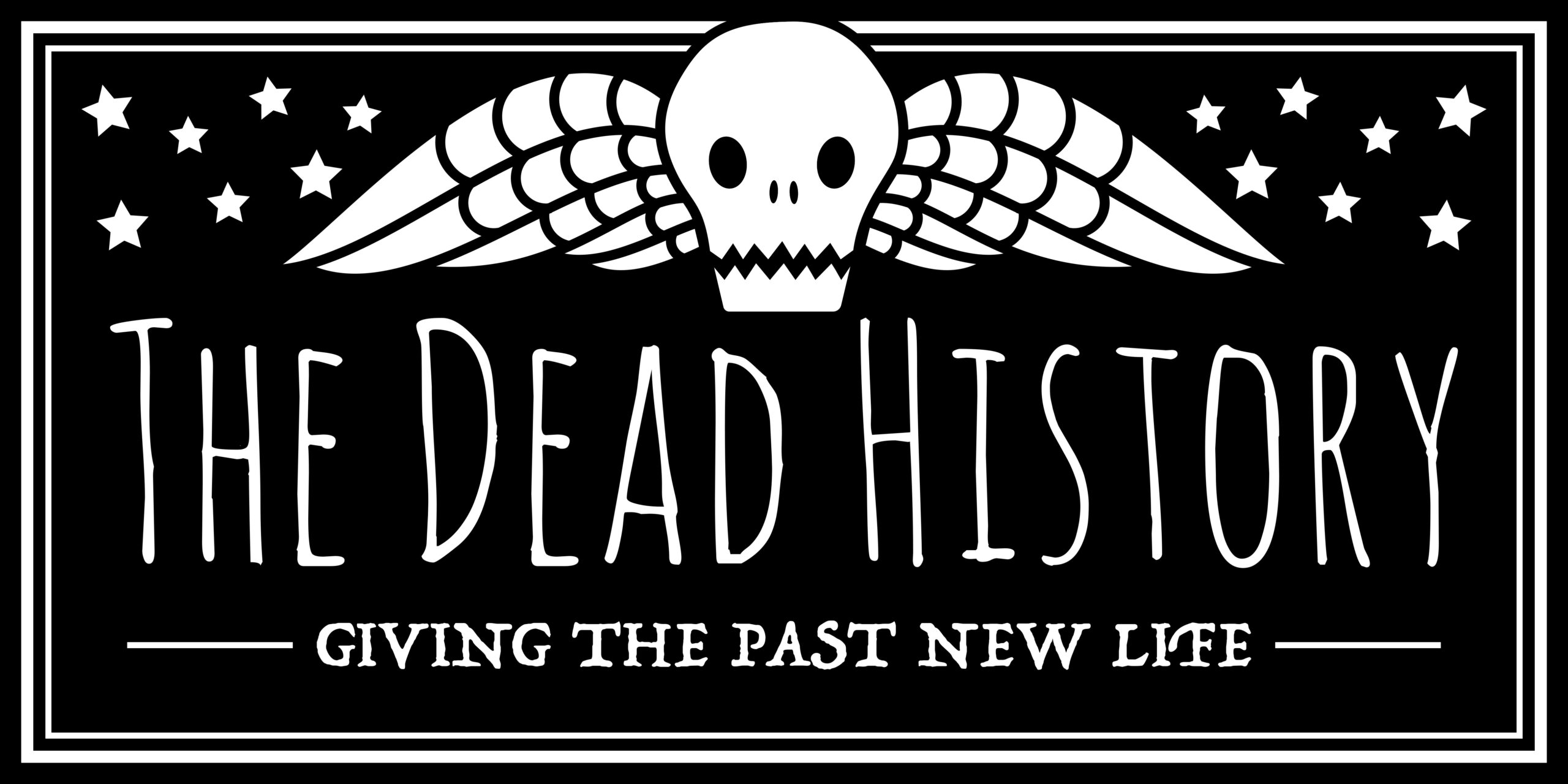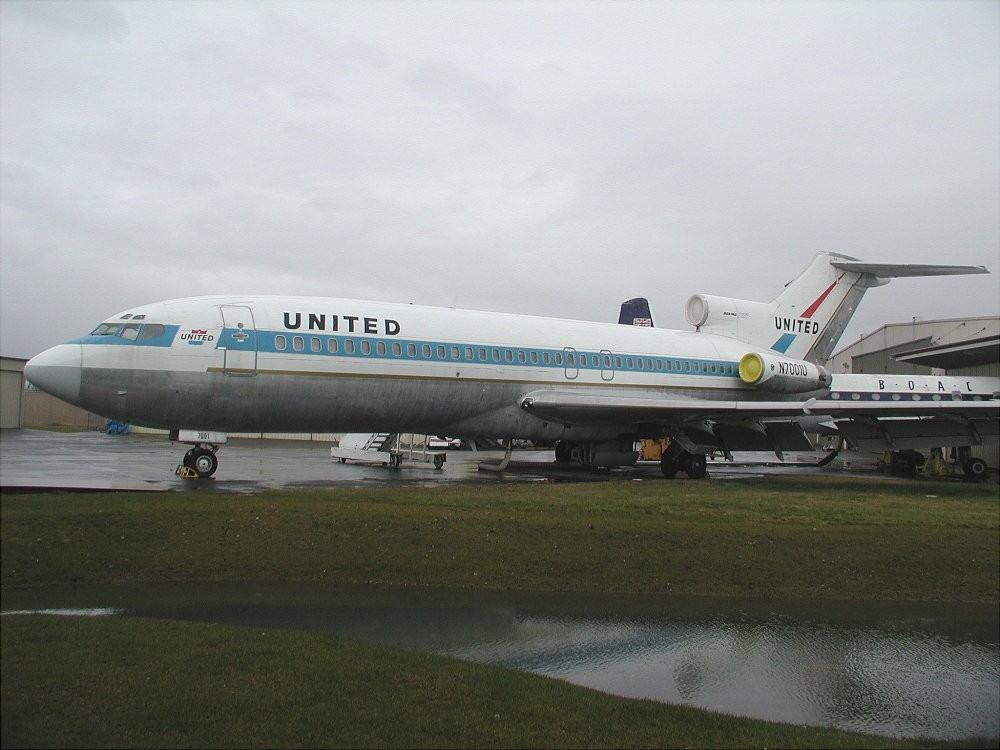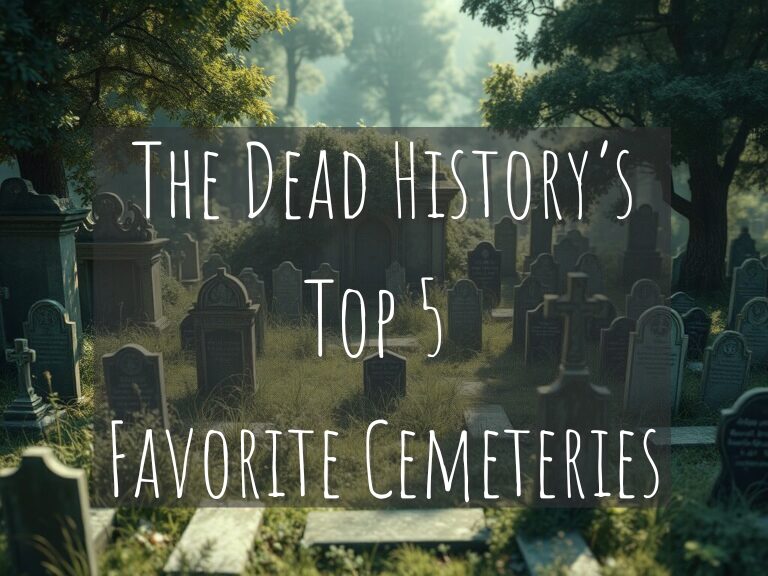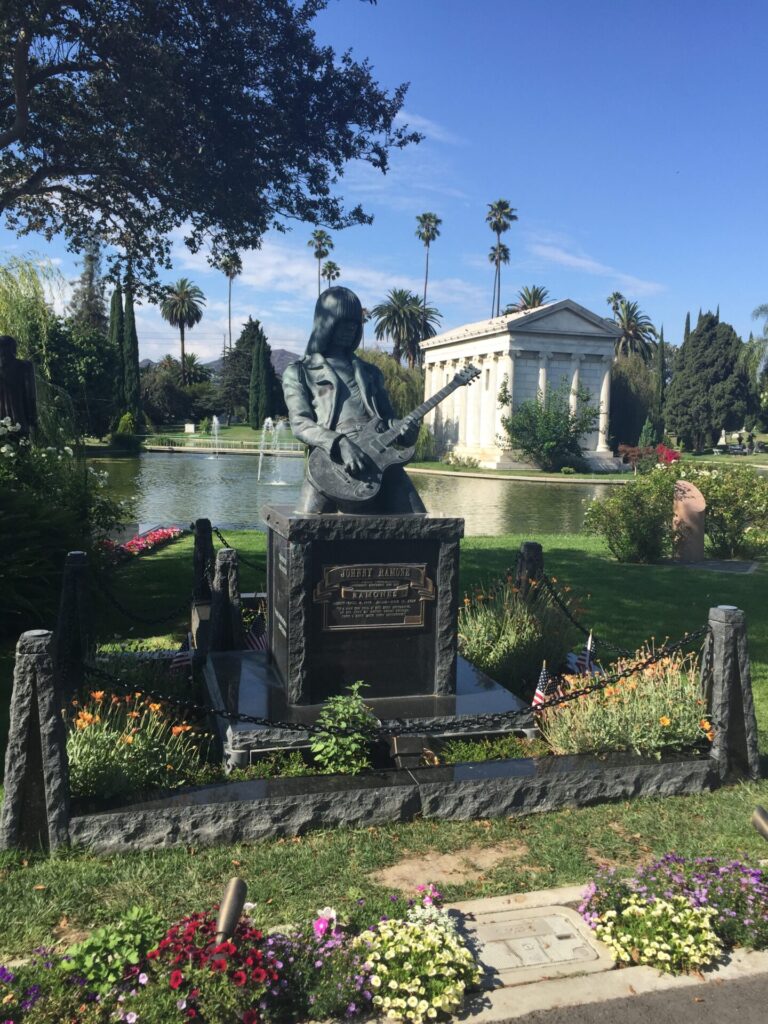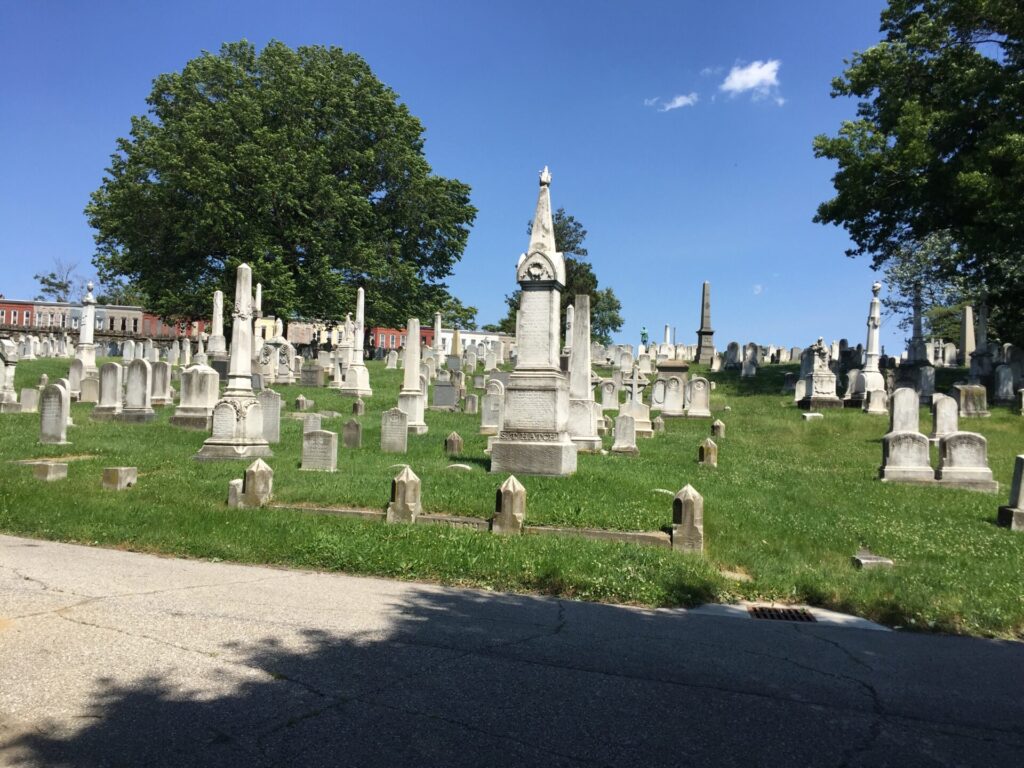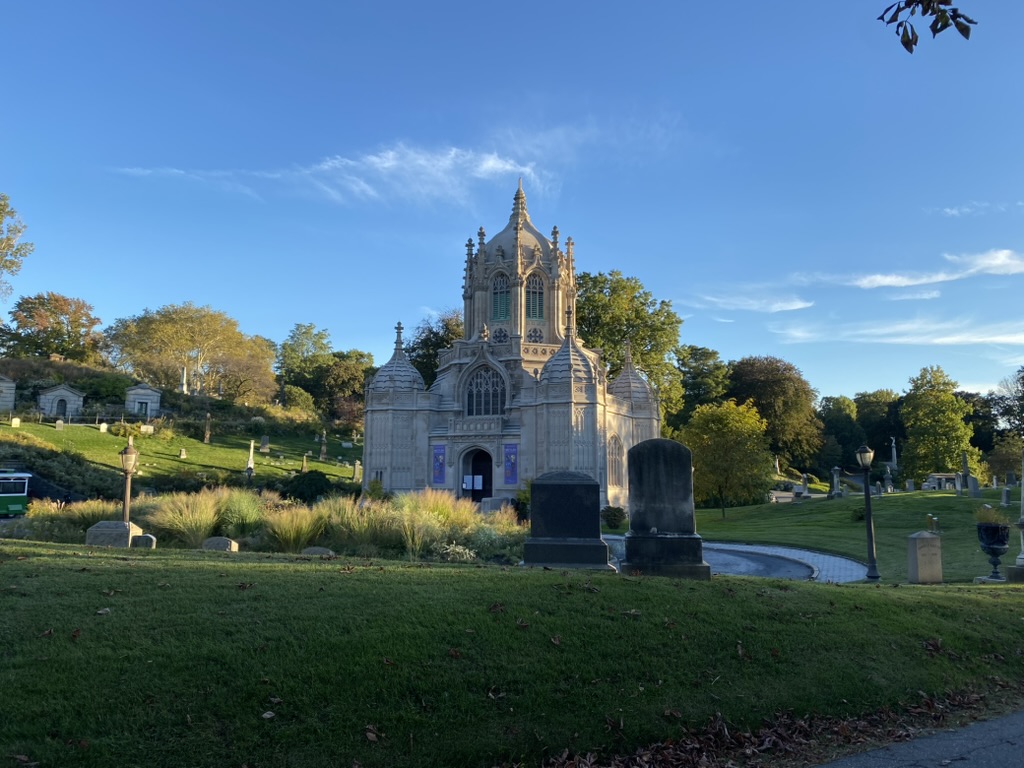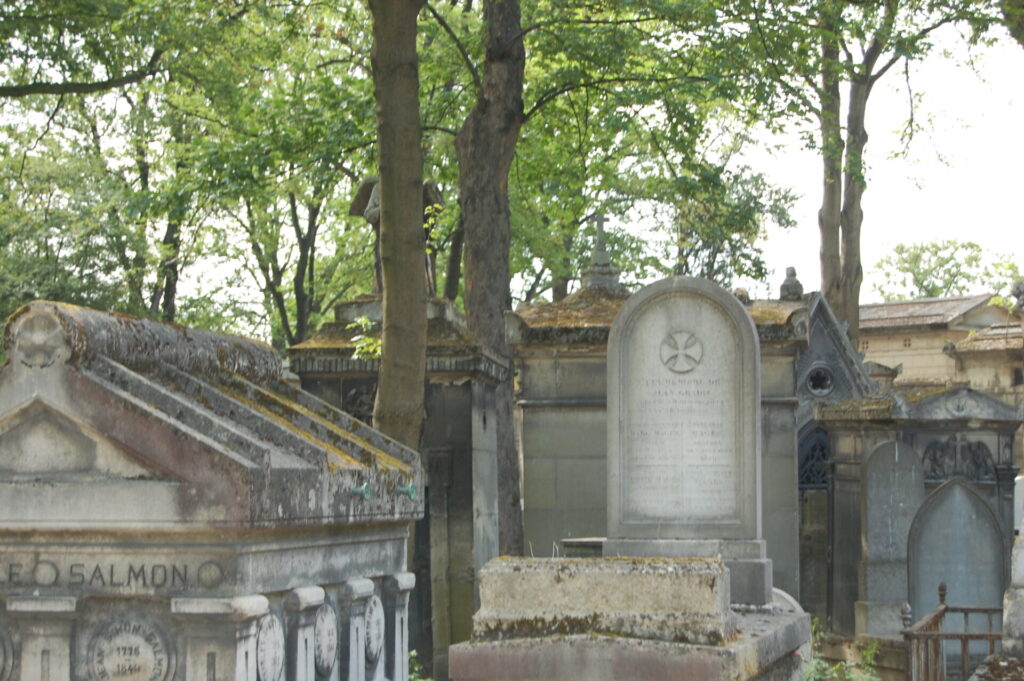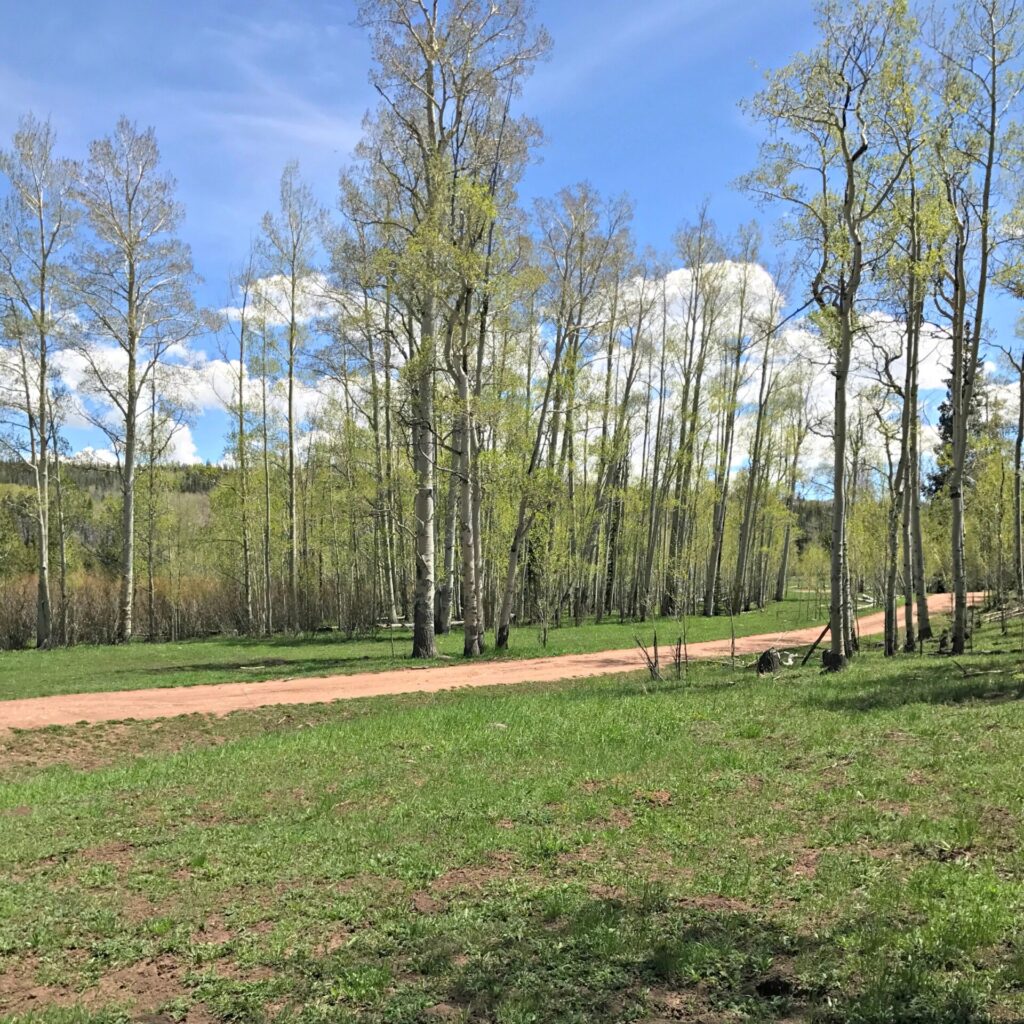On Thanksgiving Day, 1902, a southbound train neared Geneva, NY, approaching the Marsh Bridge. As it did, the engineer and fireman onboard heard a piercing scream. When they looked up, they saw a white figure standing to the east of the bridge, frantically waving its arms.
Alarmed, the engineer brought the train to a stop. Just as he did, another scream rang out, and the phantom figure vanished before their eyes. The two men climbed down and searched the tracks and surrounding area for any sign of the figure or the source of the cries. Nothing. The tracks were clear, and there was no trace of anyone nearby.
As they started across the bridge, they heard the scream once more—one final, chilling wail before silence fell.
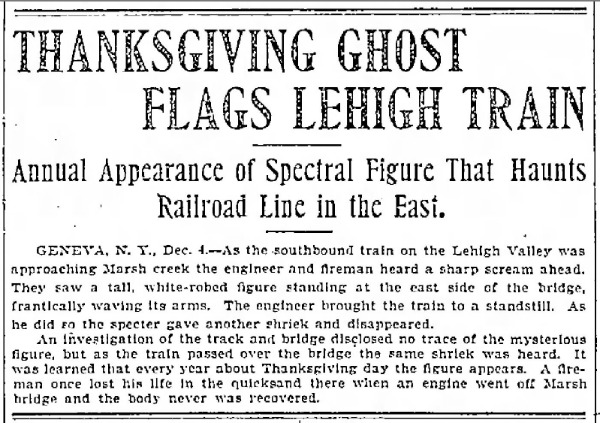
When the train pulled into the station, the shaken men described their experience to fellow railroad workers. The workers then told them about a deadly accident that had occurred on the same bridge years earlier. A train had plunged off the bridge, killing the engineer and fireman. According to the story, the quicksand swallowed the fireman’s body, and no one ever recovered it. Since then, witnesses have reported seeing a shrieking phantom at the bridge every year around Thanksgiving. Unsurprisingly, people began calling it the Thanksgiving Ghost.
This eerie tale was more than just local folklore—it was reported in newspapers across the country, including the Salt Lake Telegram on December 4, 1902 . But was there any truth to the legend?
Did Any of This Really Happen?
Tracking down the truth behind this story wasn’t easy. There was no clear record of an accident on Thanksgiving, nor one in the years leading up to 1902 that exactly matched the description.
However, I did find an event that closely aligns with the details of the story.
On March 29, 1873, a train left Syracuse at 7:45 p.m., heading toward Rochester on the Auburn Road. Within half a mile of Geneva, the train ran into a washed-out bridge over Marsh Creek, where floodwaters had destroyed the supports. The locomotive, tender, and baggage car plunged into the raging water below, vanishing beneath the surface .
(Pictures are not of this train wreck – newspaper article is.)
Amazingly, the passenger cars remained on the tracks, preventing further catastrophe. But for the men in the engine, there was no escape. The violent current tore through the wreckage, making any immediate rescue efforts impossible.
A Grim Recovery
The search for the missing crew was delayed due to the sheer force of the floodwaters and dangerous debris floating in the creek.1Democrat and Chronicle Apr 4 1873 Pg 4 It wasn’t until the following day, March 30, that the body of Engineer Ignatius Buelte was recovered near the wreck.
Fireman Augustus Sipple met an even more unsettling fate. Rescuers searched the crash site but found no trace of his body. The flood swept him far downstream, and searchers didn’t discover his remains until March 31, far from the wreck. They scoured the floodwaters for two days before finally locating him. The powerful currents had made immediate recovery impossible, and by the time they found both men, exposure had severely damaged their remains. Such a tragic and violent end easily fuels ghostly tales.
Buelte’s tragic death left a deep impact on his community. His funeral at St Joseph’s Church drew a large crowd, including members of the Brotherhood of Locomotive Engineers and the St. Alphonse’s Society, a testament to the respect he commanded.2Democrat and Chronicle Apr 4 1873 Pg 4 Some say his untimely death, along with that of Fireman Sipple’s, gave rise to the legend of the Thanksgiving Ghost of Marsh Bridge, a spectral warning of the dangers that once lurked along the tracks.
The Railroad’s Role & the Lawsuit
This wasn’t just a freak accident. In the aftermath, both families sued the railroad for negligence, arguing that the bridge had been in a dangerous state before the flood took it down.
The court found the railroad liable and awarded compensation to both families.
The wreck sent shockwaves through the Geneva community. As details emerged about the bridge’s weakened state before the flood, public outcry grew. The railroad was heavily criticized, reinforcing the idea that the ghost story may have been less about the supernatural and more about reminding railroad men of the dangers of poor track maintenance.3Democrat and Chronicle Mar 31 1873 Pg 4
For years to come, railroad workers crossing Marsh Bridge may have whispered about the two men who perished there, warning new hires to keep their eyes, and ears, open.
How Did This Connect to the Thanksgiving Ghost?
There are no reports linking the March 1873 accident directly to Thanksgiving. So why did the story evolve that way?
People may have misremembered the wreck’s anniversary over time. Since the disaster happened in late March, a transitional season, storytellers may have shifted it to another familiar marker: Thanksgiving. Folklore often changes this way, especially when people pass stories down orally instead of recording them in history.
Another theory suggests railroad workers kept the story alive as a cautionary tale during their long, grueling holiday shifts.
Thanksgiving marked a time of heavy travel when workers needed to stay especially vigilant on the tracks. Linking the ghost to Thanksgiving reinforced the idea that this was a dangerous season for train crews. This connection helped ensure the legend remained relevant across generations.
Or maybe, just maybe, the spirits of Engineer Buelte and Fireman Sipple never truly left—forever warning those who crossed Marsh Bridge to be careful where they tread.
Final Thoughts
The Thanksgiving Ghost of Marsh Bridge may not have happened as reported in 1902, but it’s rooted in real tragedy. Whether a spectral warning or a reminder of railroad dangers, the legend of Marsh Bridge continues to echo through history.
But perhaps there’s another reason why Buelte and Sipple’s spirits might linger. Even in death, Buelte’s journey was troubled. At his funeral, burial was delayed due to a rule limiting the number of carriages allowed in the cemetery. When the sexton refused to help, mourners had to lower the coffin and fill the grave without his assistance.[msn]Democrat and Chronicle Apr 4 1873 Pg 4[/mfn]
Some might say this kind of disrespect in death is exactly the kind of thing that keeps spirits from resting.
